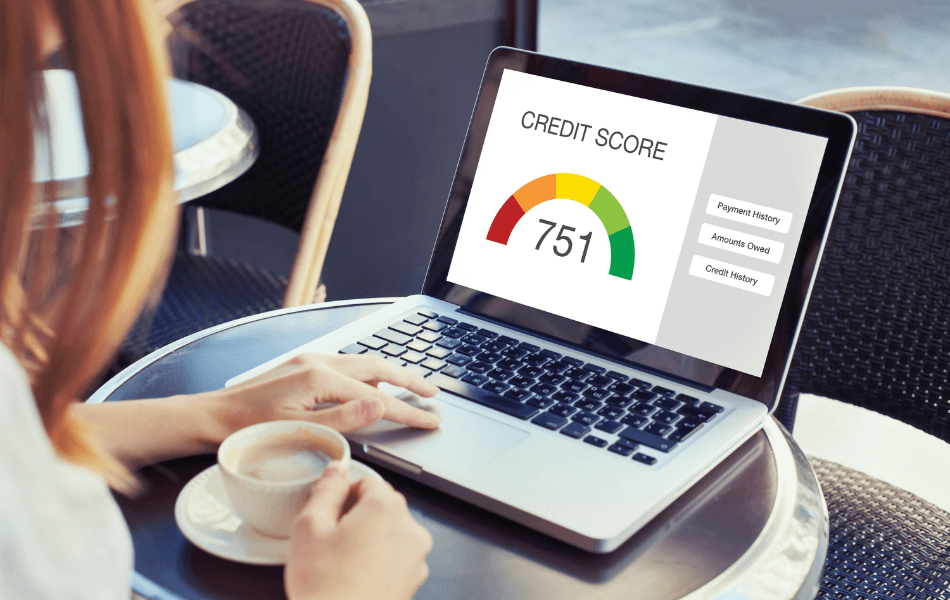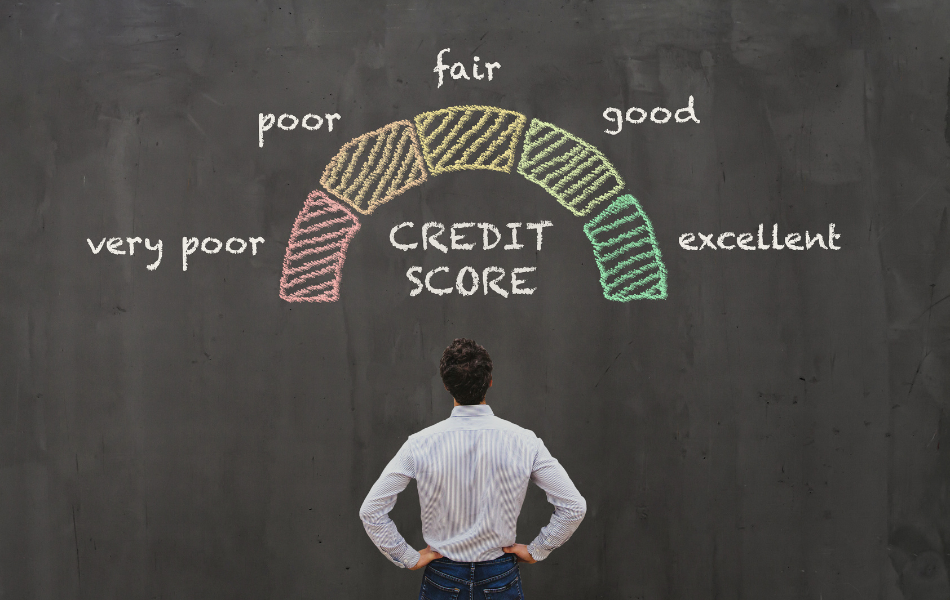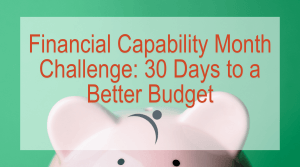What Is Credit Utilization & How Does It Impact Credit Score?
Credit utilization is a major factor that impacts your credit score. While most of us have heard the term, many of us do not fully understand what it means and how big of a role it plays in determining your score. To help with that, in this article we will answer the top questions surrounding credit utilization, including:
- What is it?
- How is it calculated?
- Does it impact credit scores?
- How can I improve it?
Question 1: What Is Credit Utilization?
Answer: Credit utilization is the ratio between the balance across all of your credit accounts and your total credit limit across all of your accounts. This ratio displays to lenders how much of your total available credit you are using.


Question 2: How Is It Calculated?
Answer: To calculate your credit utilization, you need to know your credit limit and the current balance of every credit account you have. Then add up the credit limits across all of your cards, and then separately add up all of the balances. After you have your total limit and total balance, you divide your total balance by your total credit limit and multiply by 100 to get a percentage.
Credit Utilization= Total Balance/Total Credit Limit x 100
Below is an example.
| Balance | Credit Limit | |
| Card A | $1,500 | $3,000 |
| Card B | $5,000 | $10,000 |
| Card C | $2,500 | $5,000 |
| Card D | $2,000 | $8,000 |
| Total | $11,000 | $26,000 |
Calculation: $11,000/$26,000=.42 x 100 = 42%
In this scenario, your credit card utilization would be 42%. While this isn’t a horrible ratio, we recommend keeping your utilization ratio at or below 30%. When it comes to credit card utilization, the lower the percentage the better.
Question 3: How Does It Impact My Credit Score?
Answer: There are five elements that make up your credit score:
- Payment History (35%)
- Credit Utilization (30%)
- Length of Credit History (15%)
- Types of Credit (10%)
- New Credit (10%)
As you can see, credit utilization is the second largest contributing factor to your credit score. Why? If you are maxing out your credit lines, it’s a good indication to lenders that you are spending beyond your means. Therefore, you’ll be put in a higher-risk category. However, if you have a lower ratio, lenders will assume you have your spending under control, and pose less of a financial risk.


Question 4: How Can I Improve It?
Answer:
- Make Multiple Payments: Something most consumers don’t know is that credit card issuers only report balances to the credit bureaus once a month. So if you normally pay your balance off in full, but your credit card issuer submits the data before the end of the billing cycle, it could appear as though you always have a large balance on your card. Avoid this by making multiple payments throughout the billing cycle.
- Avoid Closing Credit Cards: It’s tempting to close credit accounts that you no longer use. However, doing so could hurt your credit utilization and credit score. Closing unused accounts will lower your available credit, and increase your utilization ratio. As a result, unless a card has an annual fee, we suggest leaving it open to avoid increasing your credit utilization.
- Request A Limit Increase: Requesting a limit increase from your credit card issuer could help to improve your credit utilization ratio by increasing your total limit. As a result, doing so helps decrease your utilization as long as you do not go out and spend more. You should only request a limit increase if you can keep your spending under control.
- Set Up Balance Alerts: Lastly, an excellent way to keep track of your spending is to set up balance alerts via text message or email to alert you when your spending has reached a certain level. Oftentimes, you can request to be notified when your balance reaches a certain percentage of your available credit.
Check out our TikTok on what happens to your credit utilization score when you close a line of credit.
Final Thoughts
As a rule of thumb, you should aim to keep your utilization as low as possible if you are serious about credit repair. We understand life happens. There will be instances where you are required to spend more than you would like. If you are facing a major financial expense, consider applying for a personal loan rather than swiping your credit card. Personal Loans often have lower interest rates and are not viewed as revolving credit. For additional tips on credit and lending visit the Launch CU Blog.


